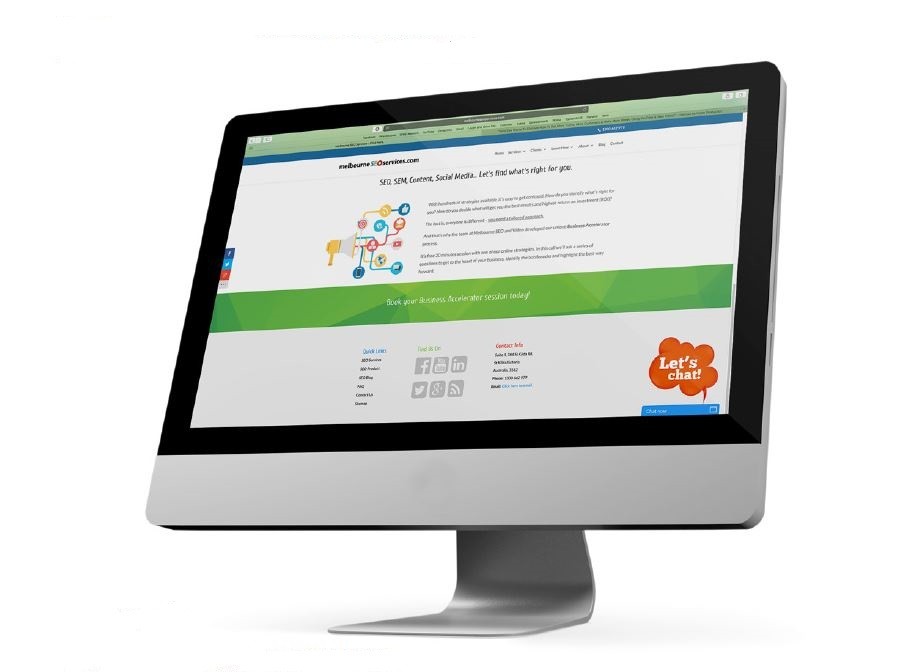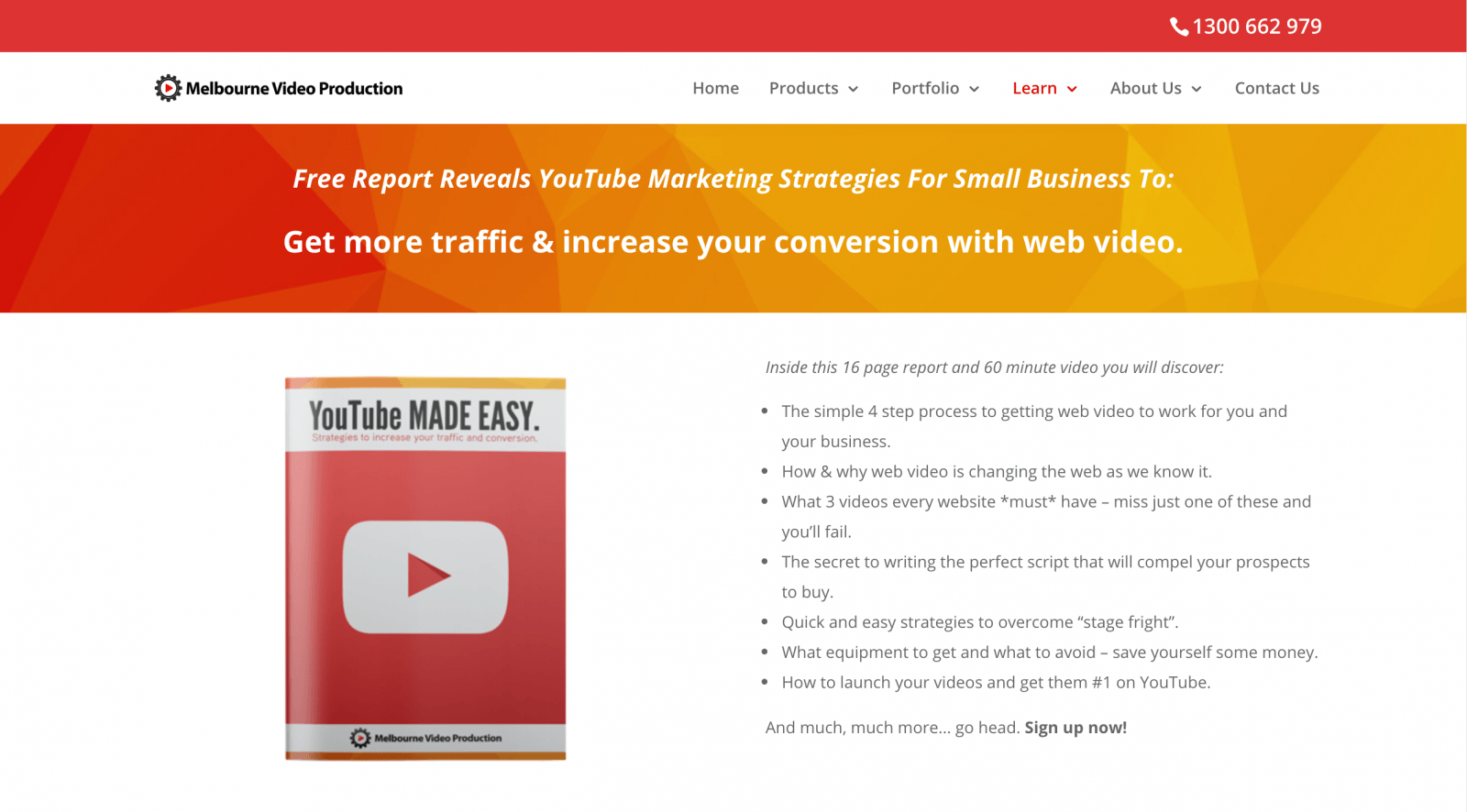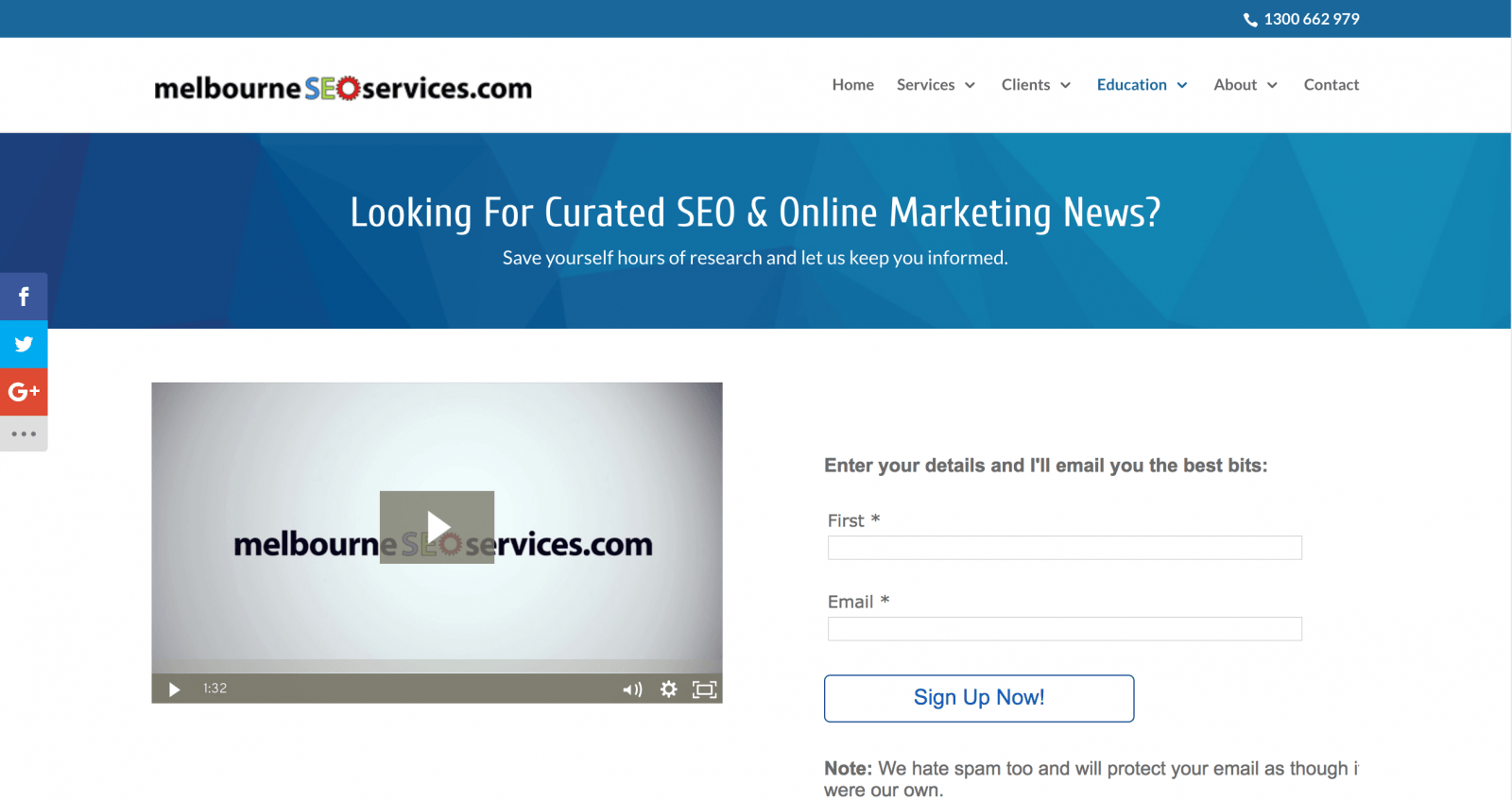Quick & Easy Website Fixes To Improve Your Traffic & Conversion
The web is forever changing and evolving, and sometimes it’s hard to know where to focus your energy when promoting your business online.
Fortunately, we’ve been through all the changes the search engines have thrown at us over the years and have always come out on top. We attribute a big part of this success to our core strategy and focus on building authority. And because of that tried and true experience, we’ve been able to help hundreds of other businesses do the same and get found online.
We understand that most business owners are time-poor, so we’ve distilled all of our knowledge and experience down into a twenty-point plan to get your business where it needs to be. And so, without further ado, here’s the checklist for winning the lion’s share of traffic and conversions in your industry:
20 Point Authority Checklist
- Ensure your website is modern and professional.
- Follow best practice on-page SEO.
- Have visible contact and customer service details.
- Have an About Us page that features your story.
- Demonstrate your Authority.
- Display case studies / reviews.
- Regularly maintain your site.
- Have a growing body of work.
- Every page must be useful.
- Use video content.
- Gain engagement (comment / shares).
- Manage Google properties.
- Have multiple social channels.
- Have a ‘natural’ and ‘clean’ link profile.
- Practice reputation management.
- Work with other Authorities.
- Build a list.
- Create products to educate and motivate.
- Author a book.
- Play the game consistently and for long-term.
1. Ensure your website is modern and professional
Did you know that modern SEO requires websites to have functional page design, be mobile-friendly, include a privacy policy, a sitemap, and meet many other design standards? This is website 101. Does your website meet these guidelines? If your website is older than 2 or 3 years, chances are that it is due for an update.
Web design and development is an ever-changing field, and it is essential for your website to stay updated with these changes to be successful. With all the unpredictable search engine updates nowadays, a single misstep could have dire consequences.
For more information on building and updating a website, check out:
https://www.melbourneseoservices.com/seo-services-australia/wordpress-site-with-seo-marketing/

2. Follow best practice on-page SEO.
Pages created with the intent of luring search engines and users, rather than providing meaningful content are now being given a low page rank by Google. Gone are the days of black-hat techniques. Nowadays, you must have: 1 keyword per page, no keyword stuffing, good internal linking, no sneaky redirects, no hidden texts, etc.
Google’s Quality-Rater Guidelines state: “Pages may be created to lure search engines and users by repeating keywords over and over again, sometimes in unnatural and unhelpful ways. Such pages are created using words likely to be contained in queries issued by users. Keyword stuffing can range from mildly annoying to users, to complete gibberish.
Pages created with the intent of luring search engines and users, rather than providing meaningful MC (main content) to help users, should be rated lowest.”
If you need a hand building or updating your website, check out:
www.melbourneseoservices.com/seo-services-australia/wordpress-site-with-seo-marketing/
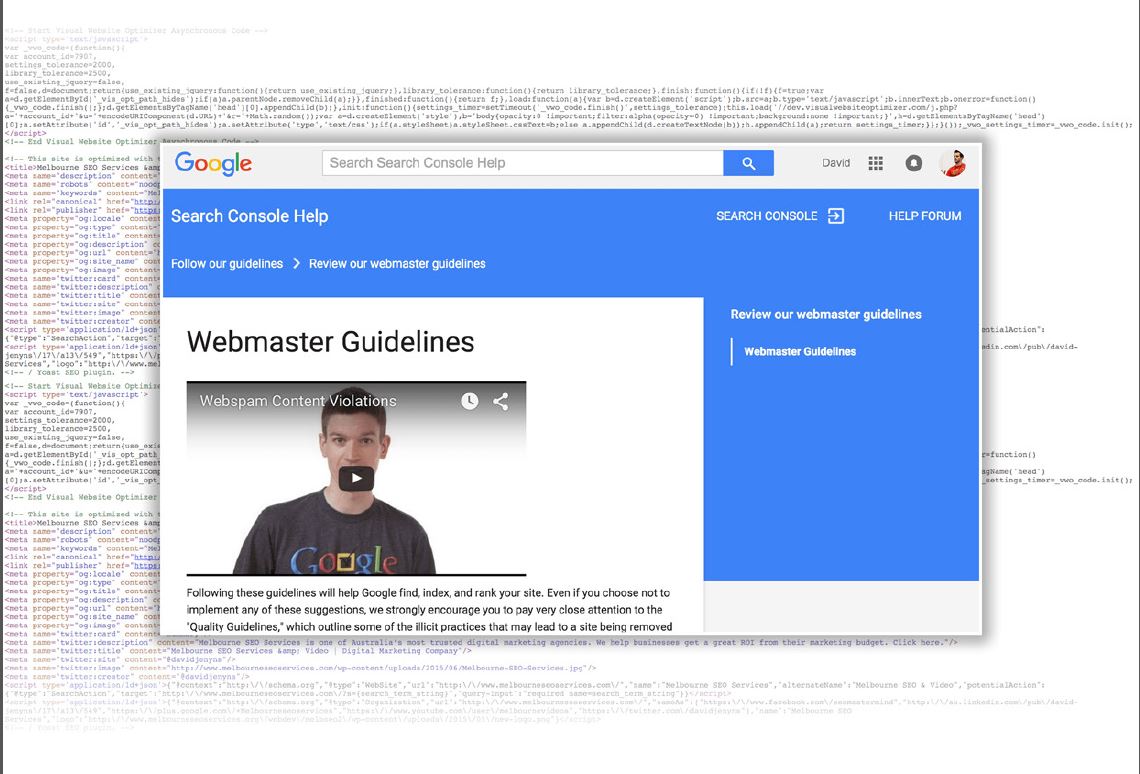
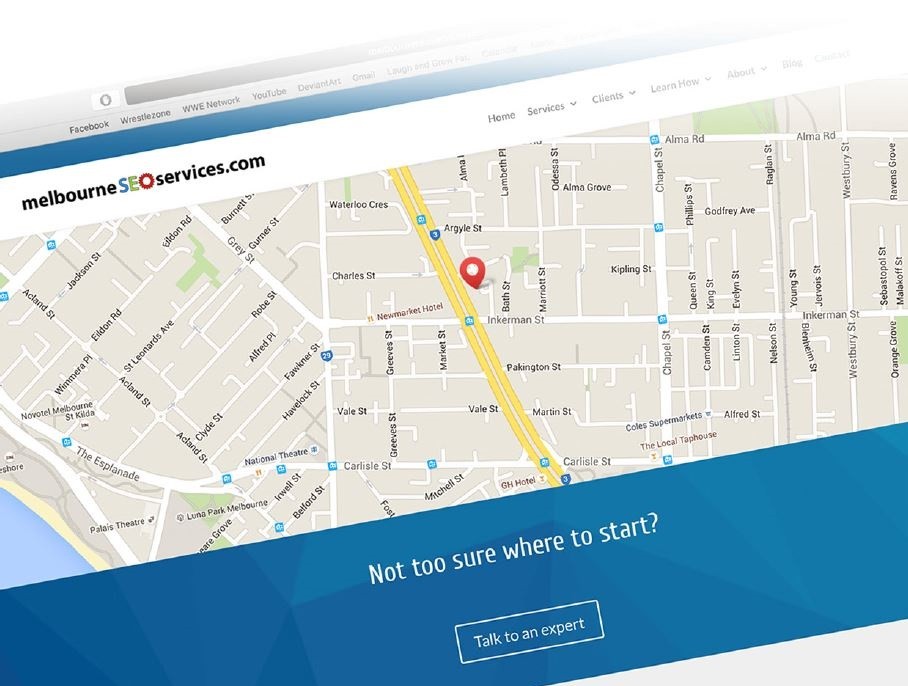
3. Have visible contact and customer service details.
These are basic things that so many businesses forget to include, or have made difficult to find: phone number, address, contact form, matched web directories, etc. See point #4 (below) for further Google Quality-Rater Guidelines.
4. Have an About Us page that features your story.
Tell your (and/or your business’) story. Google’s Quality Rater Guidelines encourages websites to have “about us” or “about” pages which provide information about who owns the site, who they are, and what they are doing. Include links, photos and positioning proof.
Looking for some inspiration? See what a great ‘About Us’ video looks like: http://www.melbournevideoproduction.com.au/video-seo/
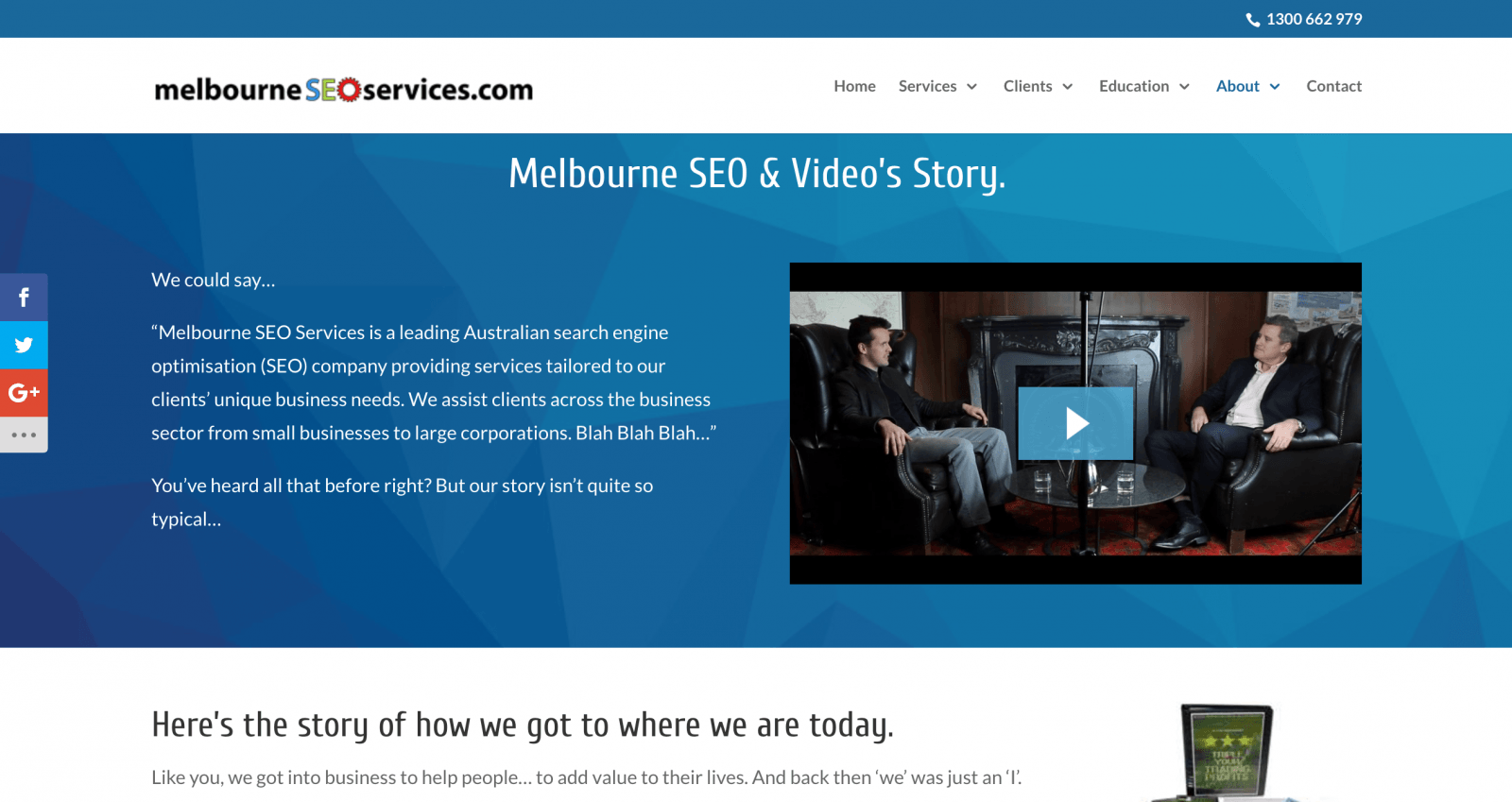
5. Demonstrate your Authority.
Publish photos, videos, interviews and other media on a regular basis. Not only will it improve your search rankings, but the more quality content you publish, the more your clients will see the proof that you’re an industry leader.
See a great example of authority demonstration here: https://www.melbourneseoservices.com/seo-experts/in-the-media/

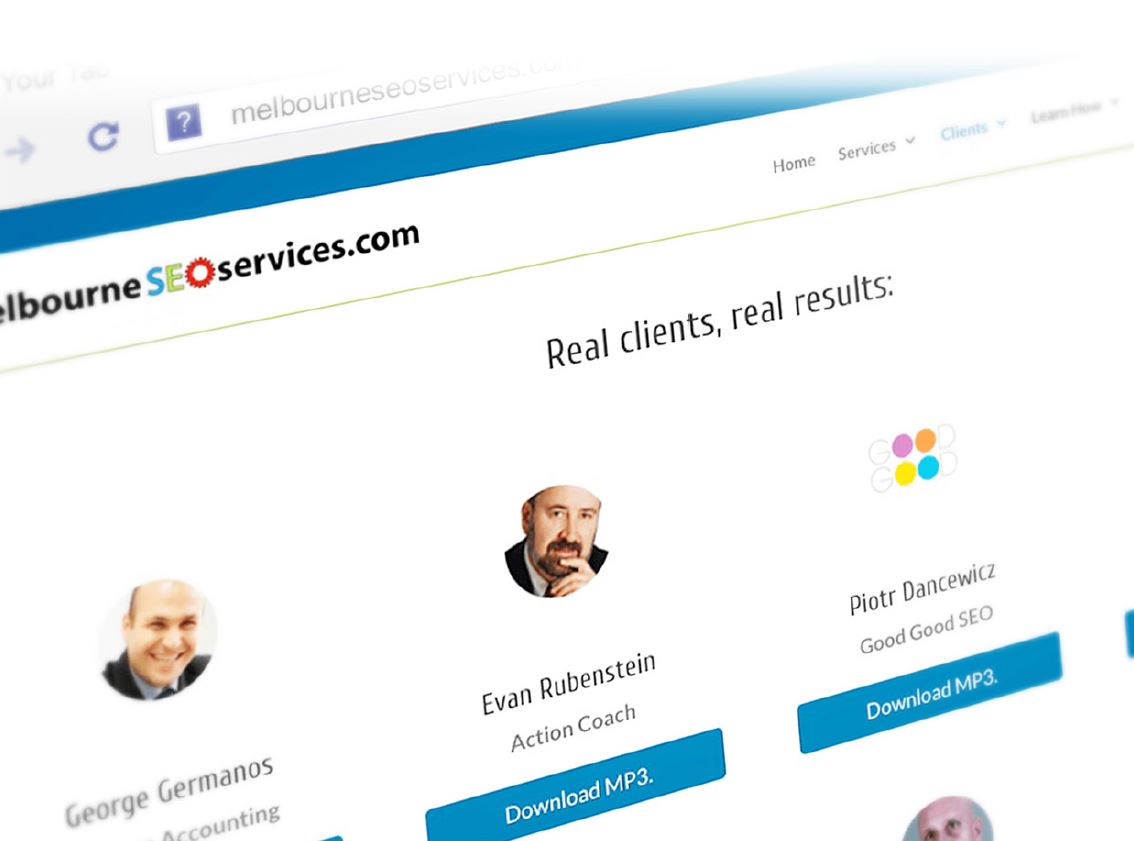
6. Display case studies / reviews.
Encourage past clients to document their experience working with you, then share it on your website and/or other review sites relevant to your industry.
Click here to check out some of our reviews: https://www.melbourneseoservices.com/seo-specialist/
7. Regularly maintain your site.
It’s imperative to watch for notifications in your Google Search Console (previously called WebMaster Tools) so that you can rectify issues as soon as they arise. Regularly improve and add content to your site as this shows Google (and human readers) that your website is frequently updated and cared for.

8. Have a growing body of work.
There’s no perfect number of pages a site should have, or how quickly it should grow. That said, even though everything should always be ‘natural’ when growing your site, the more pages you have, the greater the chances are to be found.
If you need a hand to create your content strategy, check out: https://www.melbourneseoservices.com/authority-content-marketing/

9. Every page must be useful.
Ensure you remove all duplicate, thin content or non-useful pages – they could be harming your rankings. Have a look at your pages, have you designed them solely to benefit the user? If not, search engines may pick up on this as a negative ranking factor.
Google’s Quality-Rater Guidelines state: “If a page is deliberately created with no main content, use the lowest rating. Why would a page exist without main content? Pages with no main content are usually lack of purpose pages or deceptive pages.
Webpages that are deliberately created with a bare minimum of main content, or with main content which is completely unhelpful for the purpose of the page, should be considered to have no main content.
“Pages deliberately created with no main content should be rated lowest.”
If your rankings have dropped, the best place to start is with a site-audit to discover the source of the problem and bring your website up to Google’s current standards.
Check out: www.melbourneseoservices.com/panda-penguin-recovery/

10. Use video content.
Although not clearly singled out in Google’s report, we’ve found a high correlation between highly ranked and web video use. Many of the “high quality” example sites display videos. What’s more, with smart YouTube marketing, videos can drive their own traffic and rankings.
Not sure where to start? Have a look at what some clever businesses are doing with web video: https://www.melbourneseoservices.com/authority-content-marketing/

11. Gain engagement (comment / shares).
Again, although not clearly identified in Google’s report, we found a strong correlation between high ranking websites and strong social signals. Many “high quality” example sites show great user interaction and engagement metrics.
If you need a hand getting your social marketing to run like a well-oiled machine, check out: www.melbourneseoservices.com/seo-content-syndication/
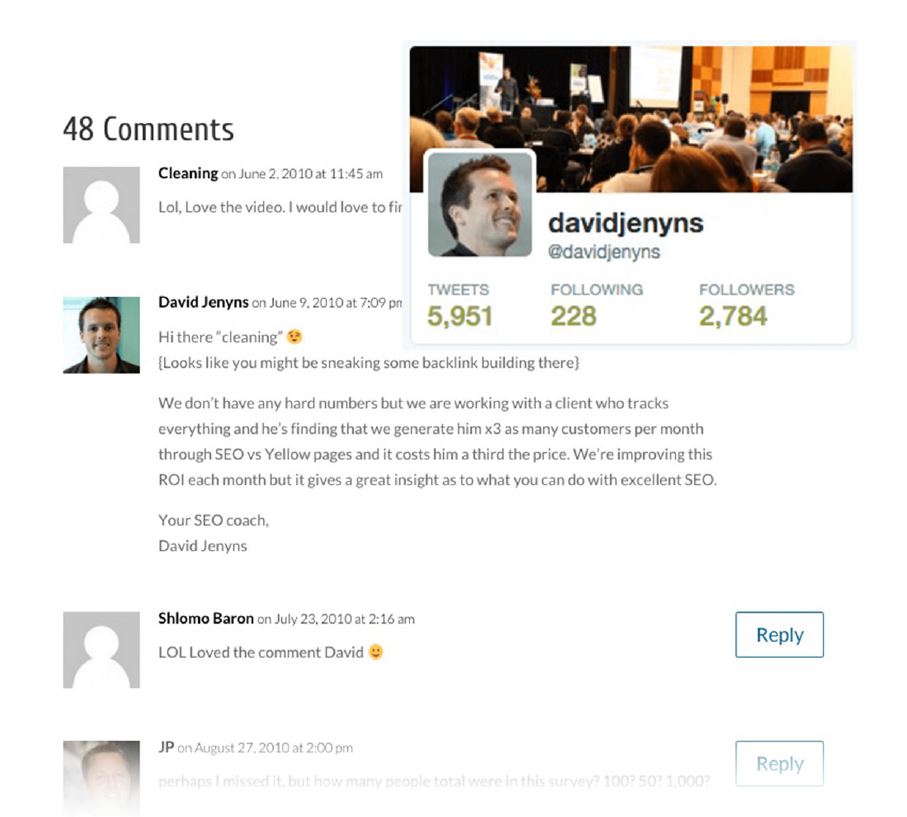
12. Manage Google properties.
Google looks to its own properties first, such as Google Local Business, YouTube and Google Plus, to determine who’s responsible for creating content on a page. One of the best ways to keep Google informed is to continuously maintain all your Google property profiles.
Google’s Quality-Rater Guidelines state: “Every page belongs to a website, and it should be clear.
- Who (what individual, company, business, foundation, etc.) is responsible for the website.
- Who (what individual, company, business, foundation, etc.) created the content on the page you are evaluating.
Websites are usually very clear about who created the content on the page.”

13. Have multiple social channels.
Even though we love free Google traffic, you never want to put all your eggs into one basket. One of the easiest ways to diversify your traffic sources is through building up multiple communication channels to reach your clients and prospects.
Facebook: https://www.facebook.com/seomastermind
Twitter: https://twitter.com/davidjenyns
LinkedIn: https://au.linkedin.com/in/david-jenyns
Youtube: https://www.youtube.com/user/theseomethod
Google+: https://plus.google.com/+Melbourneseoservices

14. Have a ‘natural’ and ‘clean’ link profile.
Every site needs a variety of links, from a variety of sources. However, some websites have a lot of unnatural and spammy links connected to them; which is what Google’s Penguin Update was designed to go after. If you engaged in subpar SEO practices in the past, you need to clean link profile up – and fast.
If you need a hand working out if you need to clean house, check out: https://www.melbourneseoservices.com/panda-penguin-recovery/
Or, if you just need someone to manage your SEO for you, check out: https://www.melbourneseoservices.com/seo-services-australia/seo-company/
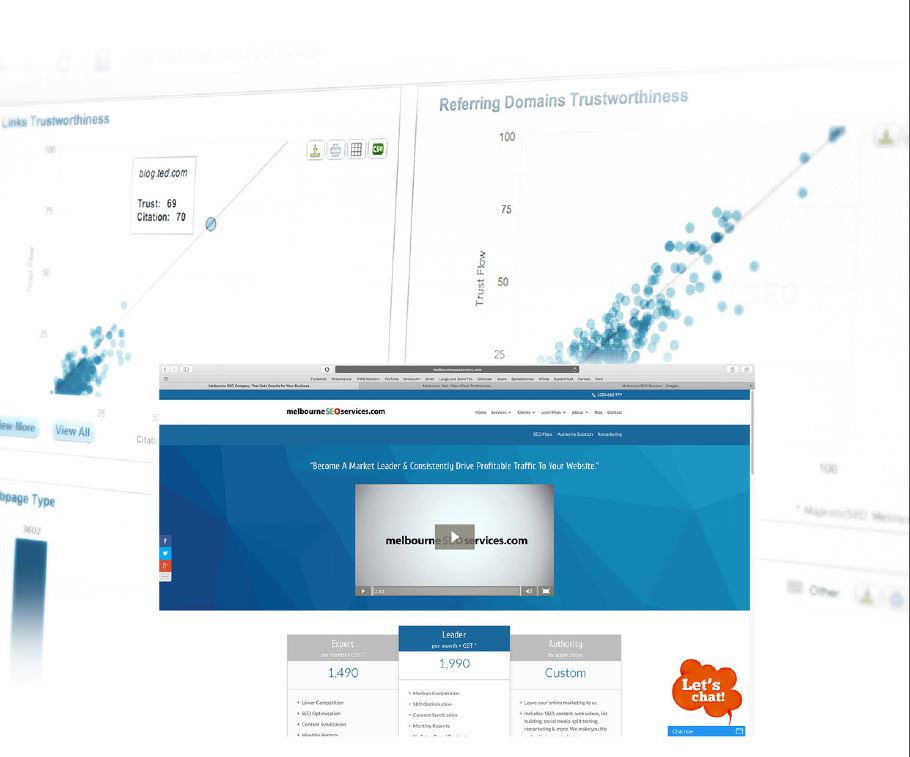
15. Practice reputation management.
Google’s raters research to see whether you and/or business have a positive reputation on the web. It’s important to setup Google Alerts for your name, company name and brand terms to ensure you’re notified of any possible damaging activities immediately.
Google’s Quality-Rater Guidelines state: “Look for articles, reviews, forum posts, discussions, etc. written by people about the website. For businesses, there are many sources of reputation information and reviews. Here are some examples: Yelp, Better Business Bureau (a non-profit organization that focuses on the trustworthiness of businesses and charities), Amazon, and Google Product Search. You can try searching on specific sites to find reviews.”
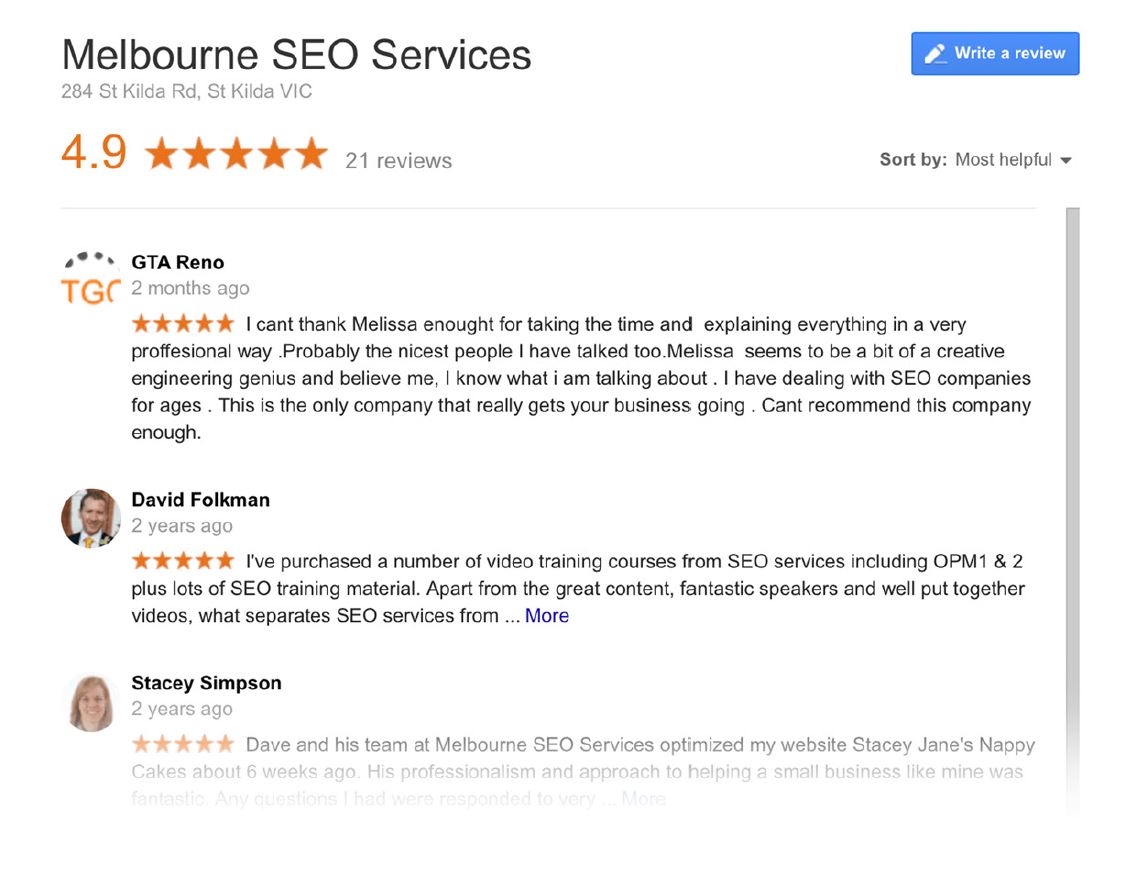
16. Work with other Authorities.
One of the best ways to win points with Google is to increase your Expertise, Authoritativeness and Trust score (E-A-T). How? Borrow trust from already trusted sources; simply identify experts in your industry and look for opportunities to work together.
If you need some ideas on how this might work, here’s a simple strategy you can follow: www.authoritycontent.com

17. Build a list.
Perhaps one of the most important assets any business can have is a list of prospects and clients with whom you can communicate on a regular basis. Best of all, this helps you become more Google-proof as you have a group of people ready and waiting to hear from you without needed rankings on the web.
18. Create products to educate and motivate.
No matter what industry, no matter what business – you need to create products and information to help educate and motivate your clients to do business with you. When correctly deployed, this strategy positions you as a trusted advisor by feeding quality content to Google – and can potentially contribute a new stream of income to your business with little or no ongoing work.
If you need a hand with this strategy, check out: www.authoritycontent.com

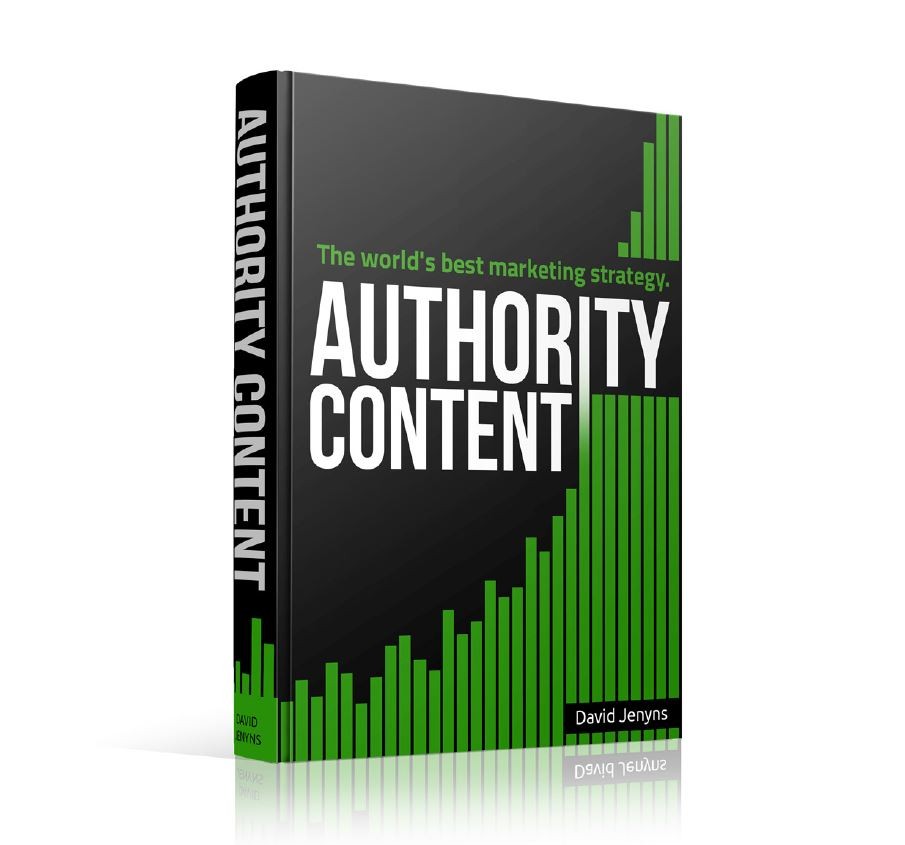
19. Author a book.
Authorities write books, it’s that simple. One of the quickest ways to leapfrog your way to success, and gain authority status is to write a book. When combined with the Authority Content Methodology – your competition won’t stand a chance.
20. Play the game consistently and for long-term.
Winning with Google (and in business) is more of a marathon than a sprint. It’s important to have a clear focus, work on the right things and do it consistently. Consistently creating helpful content for your target market while following Google’s Quality Rater Guidelines will ensure your reap big rewards.
To get a full pdf copy of the 20 Point Authority Checklist, click here: https://www.melbourneseoservices.com/authority-checklist/
